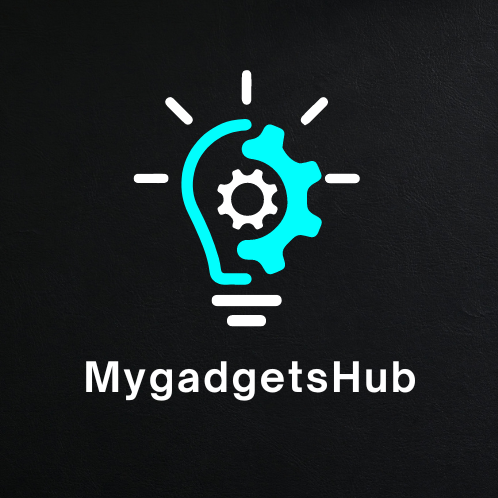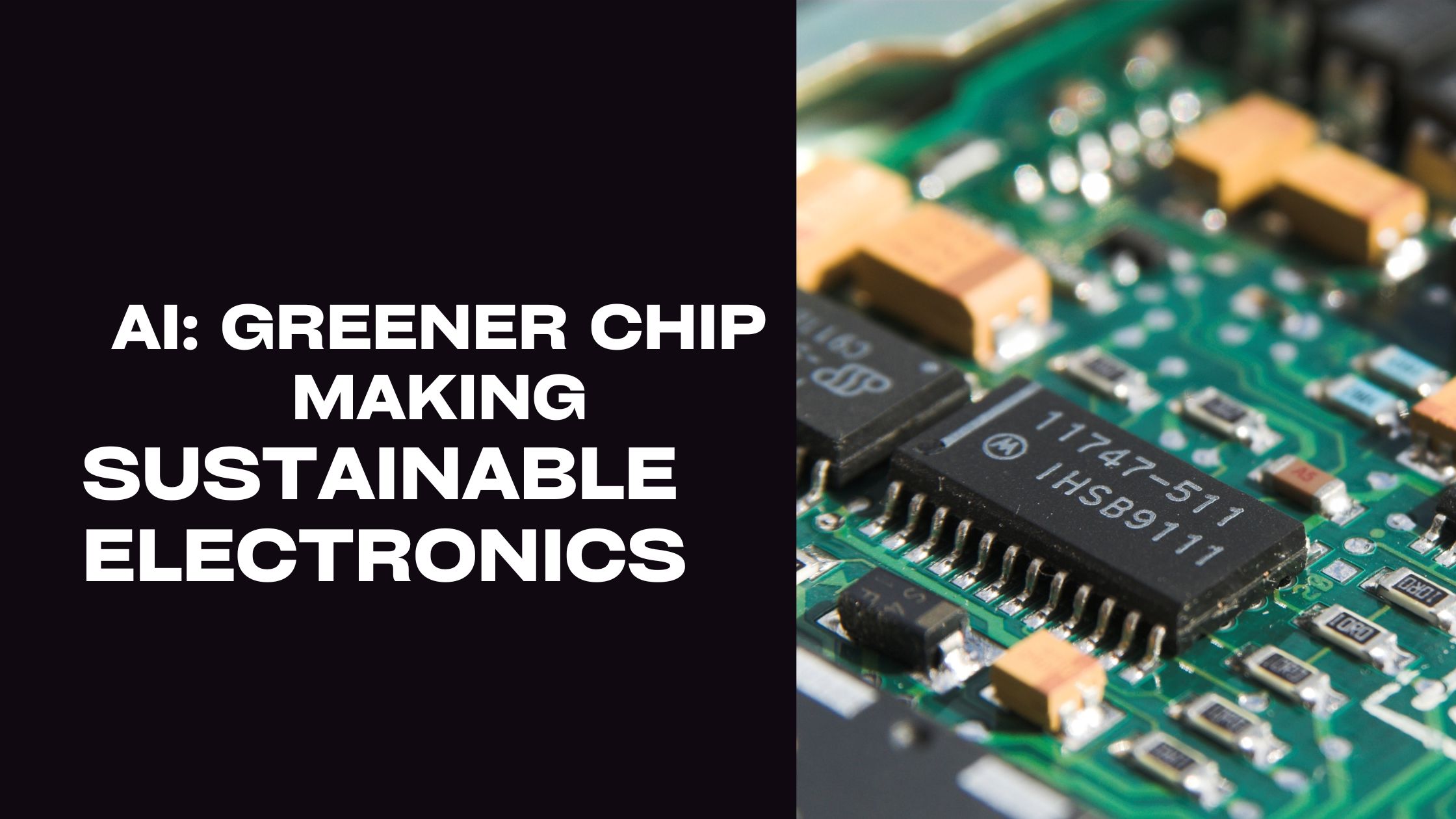The global semiconductor industry is experiencing a period of explosive growth, fueled by advancements in artificial intelligence (AI). AI is playing a transformative role in chip and printed circuit board (PCB) manufacturing, streamlining processes, optimizing designs, and boosting efficiency. This article delves into the data-driven impact of AI across the chip and PCB manufacturing landscape, exploring its contribution to the booming semiconductor industry.
A Booming Industry: The Semiconductor Market in Numbers
The global semiconductor market size reached a staggering $555.9 billion in 2023, according to Statista. This represents a compound annual growth rate (CAGR) of 11.1% over the past five years (2018-2023). The demand for chips is surging due to the proliferation of AI-powered devices, the growth of the Internet of Things (IoT), and the ever-increasing need for faster and more powerful computing.
Chip Manufacturing: AI Optimizes the Fabrication Process
Chip manufacturing is a complex and intricate process. AI is revolutionizing this domain in several ways:
- Yield Optimization: AI algorithms analyze vast datasets of manufacturing data to identify process variations and predict potential defects. This allows for real-time adjustments, significantly reducing yield losses. A McKinsey report estimates that AI can improve chip yields by up to 15%, translating to billions of dollars saved annually.
- Advanced Lithography: AI assists with photolithography, a crucial step in chip fabrication involving transferring circuit patterns onto silicon wafers. AI-powered systems can optimize laser exposure times and compensate for process variations, ensuring precise pattern creation.
- Predictive Maintenance: AI algorithms analyze sensor data from chip manufacturing equipment to predict potential failures before they occur. This enables proactive maintenance, minimizing downtime and ensuring smooth production flow.
PCB Manufacturing: AI Streamlines Design and Assembly
The PCB, the heart of most electronic devices, also benefits from AI integration:
- Automated Design Layout: AI-powered tools can analyze circuit schematics and automatically generate optimized PCB layouts. These tools consider factors like signal integrity, thermal management, and manufacturability, resulting in efficient and high-performing PCBs.
- Component Placement Optimization: AI algorithms can analyze component placement options and suggest the most efficient arrangements. This minimizes routing lengths, reduces signal interference, and optimizes board space utilization.
- Automated Inspection: AI-powered vision systems can inspect PCBs for defects with higher accuracy and speed compared to traditional human inspection methods. This ensures quality control and reduces the risk of faulty boards reaching the assembly stage.
Data-Driven Insights: The Power of AI in Action
A 2022 study by Accenture found that companies leveraging AI in PCB design reported a 20% reduction in design time and a 15% decrease in manufacturing costs. These statistics showcase the tangible benefits of AI integration in the PCB manufacturing process.
The Road Ahead: Challenges and Opportunities
While AI presents immense potential, challenges remain. The high cost of implementing AI tools and the need for robust data infrastructure can be hurdles for smaller manufacturers. Additionally, ethical considerations regarding data privacy and algorithmic bias need to be addressed.
However, the future is bright. Continuous advancements in AI and chip technology will further blur the lines between human expertise and AI capabilities. Collaborative work between AI and human engineers will unlock even greater efficiency and innovation.
Beyond Efficiency: AI for Sustainability
The environmental impact of chip and PCB manufacturing is a growing concern. Here’s how AI can contribute to a more sustainable future:
- Energy Optimization: AI algorithms can analyze energy consumption data and suggest adjustments to optimize equipment settings and reduce energy use.
- Material Reduction: AI-powered design tools can help create lighter and more compact PCBs, minimizing material usage and waste generation.
- Responsible Sourcing: AI can be used to track and verify the origin of materials used in chip and PCB production, ensuring ethical sourcing practices and minimizing environmental impact.
AI for the Future: User-Centric Considerations
While the focus is often on technical advancements, the human element remains crucial. Here are some user-centric considerations for implementing AI in chip and PCB manufacturing:
- Upskilling the Workforce: Manufacturers need to invest in upskilling their workforce to ensure a smooth transition and collaboration with AI tools.
- Transparency and Explainability: AI algorithms should be designed with transparency and explainability in mind, allowing engineers to understand the reasoning behind AI-generated recommendations.
- Security and Data Privacy: Robust cybersecurity measures are essential to protect sensitive manufacturing data used by AI systems.
The Human-AI Partnership: A Winning Formula
By harnessing the power of AI while prioritizing human expertise and user-centric considerations, the chip and PCB manufacturing industry can achieve unprecedented levels of efficiency, sustainability, and innovation. This human-AI partnership will be the engine driving the future of the booming semiconductor industry.
Call to Action: Embracing the AI Revolution
For manufacturers seeking to capitalize on the AI revolution, here are some actionable steps:
- Conduct a Feasibility Study: Assess your current manufacturing processes and identify areas where AI can offer the most significant benefits.
- Explore Available Solutions: Research and explore various AI-powered tools and solutions available for chip and PCB design and manufacturing.
- Pilot and Integrate: Start small by implementing AI solutions in a pilot project and gradually integrate them into your existing workflow.
By embracing AI and fostering a collaborative human-AI approach, manufacturers can navigate the complexities of the chip and PCB landscape and secure a competitive edge in the ever-evolving world of semiconductors.
Conclusion: AI as the Engine of Growth
AI is transforming the chip and PCB manufacturing landscape, contributing significantly to the booming semiconductor industry. By optimizing processes, minimizing errors, and accelerating production cycles, AI is paving the way for a future filled with faster, more efficient, and more affordable electronic devices. As AI technology continues to evolve, the semiconductor industry can expect even greater levels of growth and innovation in the years to come.

